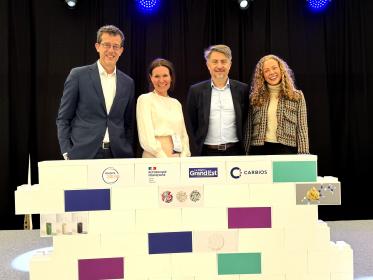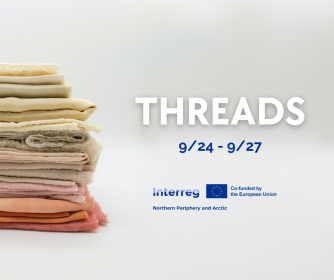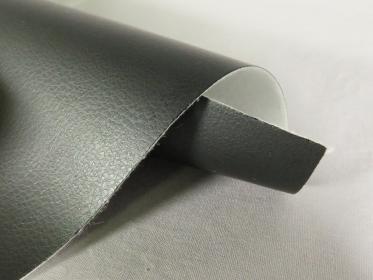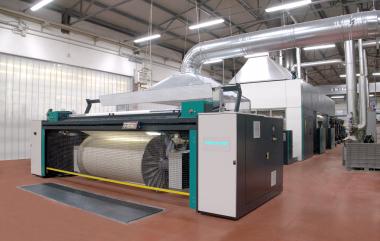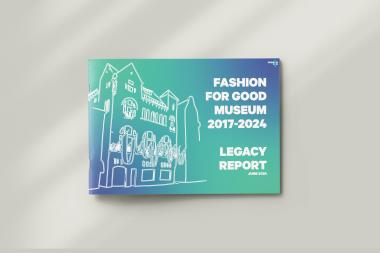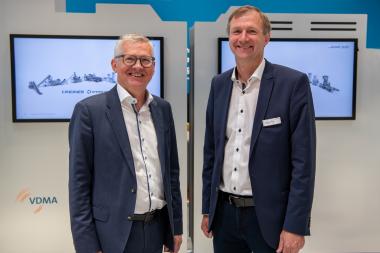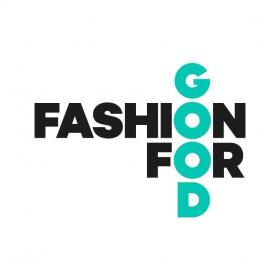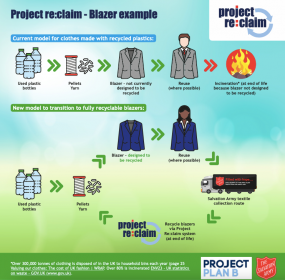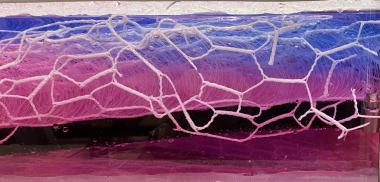CARBIOS and TOMRA Textiles join forces
CARBIOS and TOMRA Textiles, a tech venture set up by the sorting technology company TOMRA, announce the signing of an agreement to collaborate on establishing an efficient stream in Northern Europe from textile waste collection, sorting and preparation to recycling using CARBIOS’ enzymatic depolymerization technology at its first commercial plant currently under construction in Longlaville, France
The monomers obtained will be used to produce recycled polyester (r-PET) fiber, closing the loop for polyester textile circularity.
The innovations from both TOMRA Textiles and CARBIOS contribute to addressing critical gaps in the value chain and significantly increase textile-to-textile recycling from its current rate of 1%1. By accelerating a circular economy for polyester, a sustainable alternative to incineration or landfill is made available.
TOMRA Textiles is on a mission to close the gap in textile circularity, by contributing to designing and scaling textile sorting plants. Under this partnership agreement, TOMRA Textiles will explore specific, tangible measures to enable the preparation of post-consumer polyester waste for biorecycling according to CARBIOS’ specifications.
CARBIOS' biorecycling technology involves breaking down polyester fibers into their basic components using enzymes, which are then used to produce high-quality recycled PET materials such as fibers for the textile industry. The breakthrough collaboration with TOMRA will redirect the challenging PET fraction of polyester textile waste towards biorecycling, showcasing a mutual dedication to pioneering recycling solutions for a circular economy.
1 Ellen MacArthur Foundation, 2017
CARBIOS


